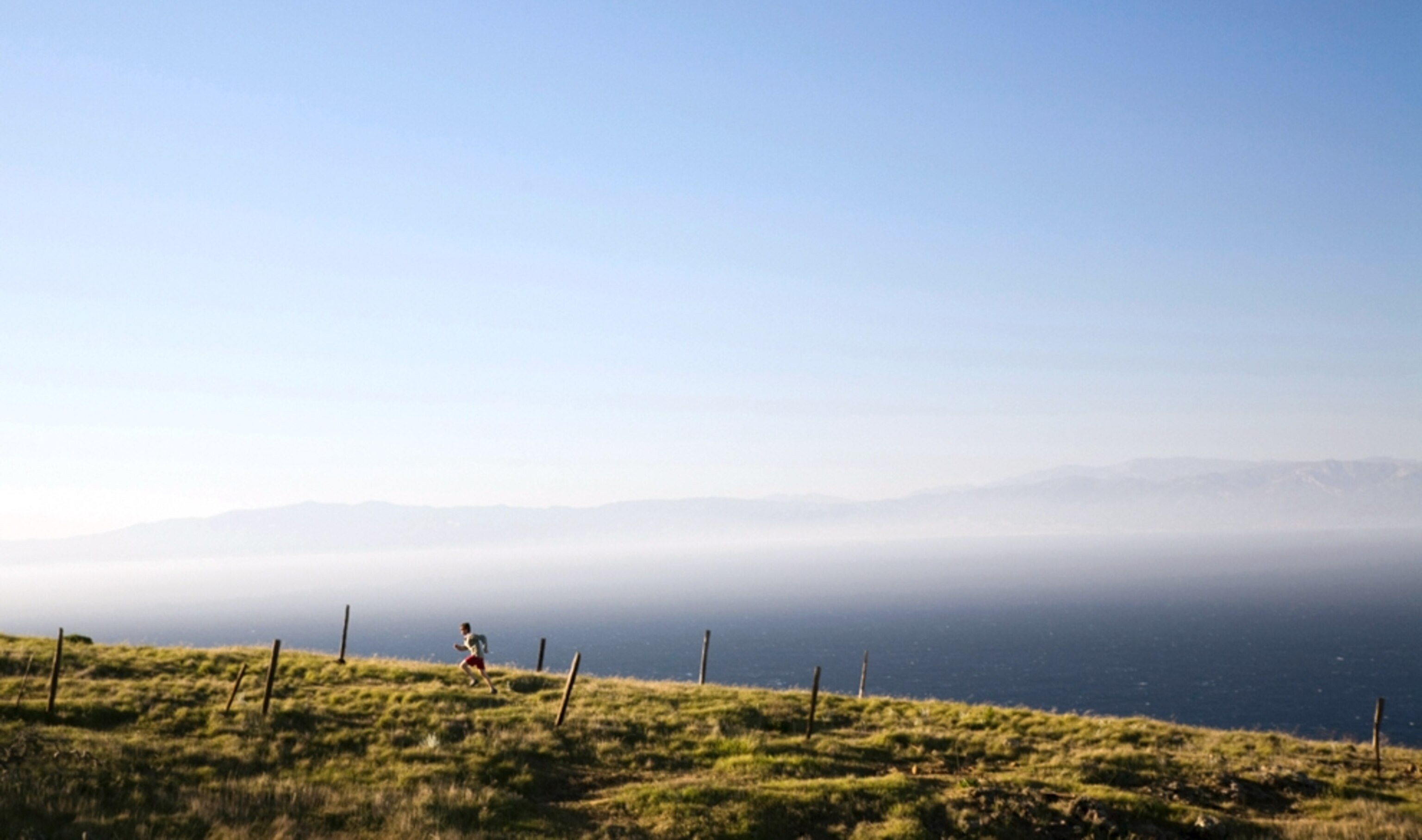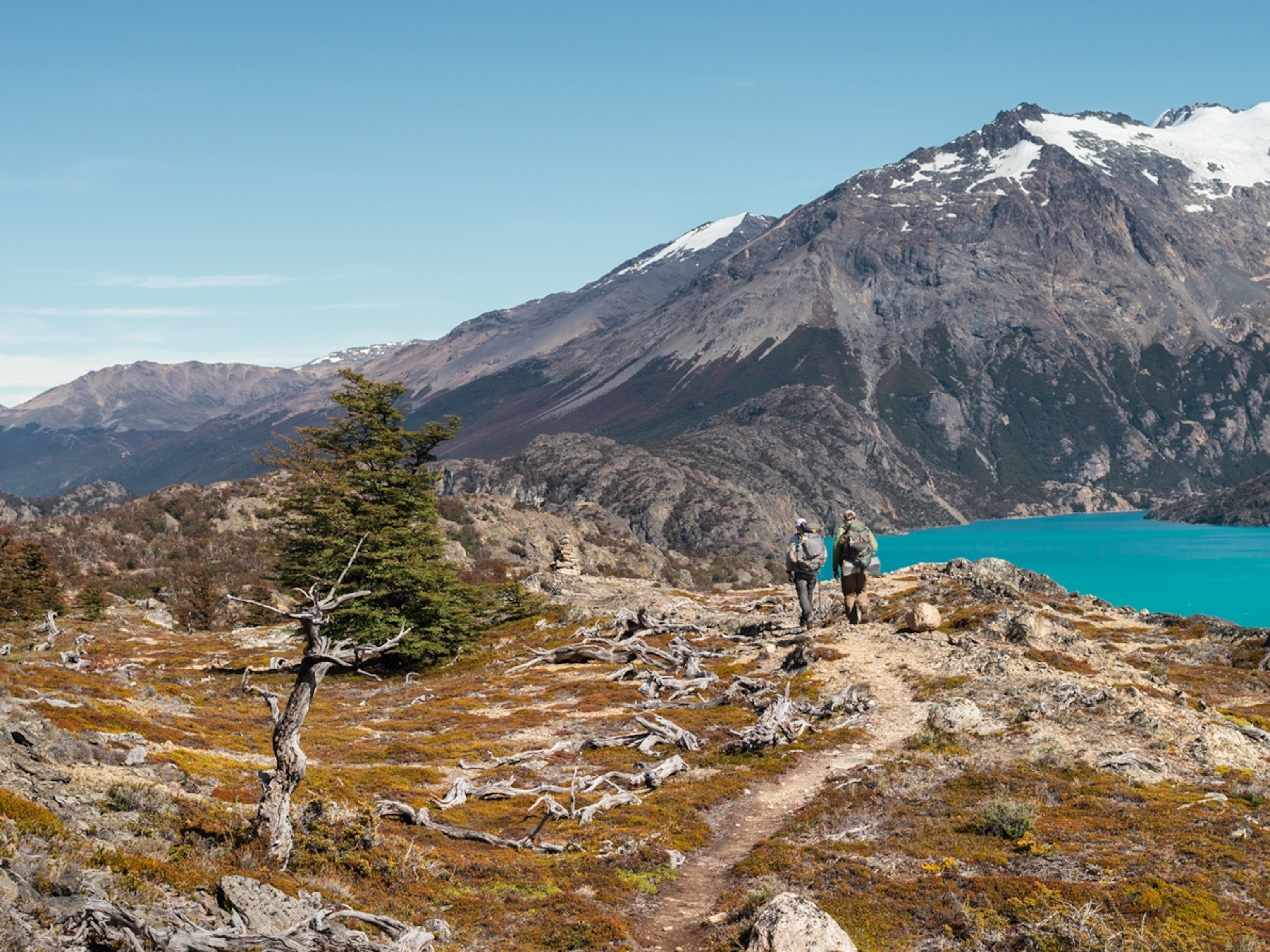
Photograph by Michael Hanson, Aurora Creative/Getty Images
Top 10 Trail Runs in the U.S. Parks
March 8, 2011
11 min readWhether the jogging path is in the heart of a high desert or a refreshing run on a New England trail shaded by sycamores and elms, there are thousands of terrific trails. Due to the nature of the activity, runners love getting out to enjoy the great outdoors—which makes their sport and America’s national parks a perfect match.
- National Geographic Expeditions
Travel with National Geographic






